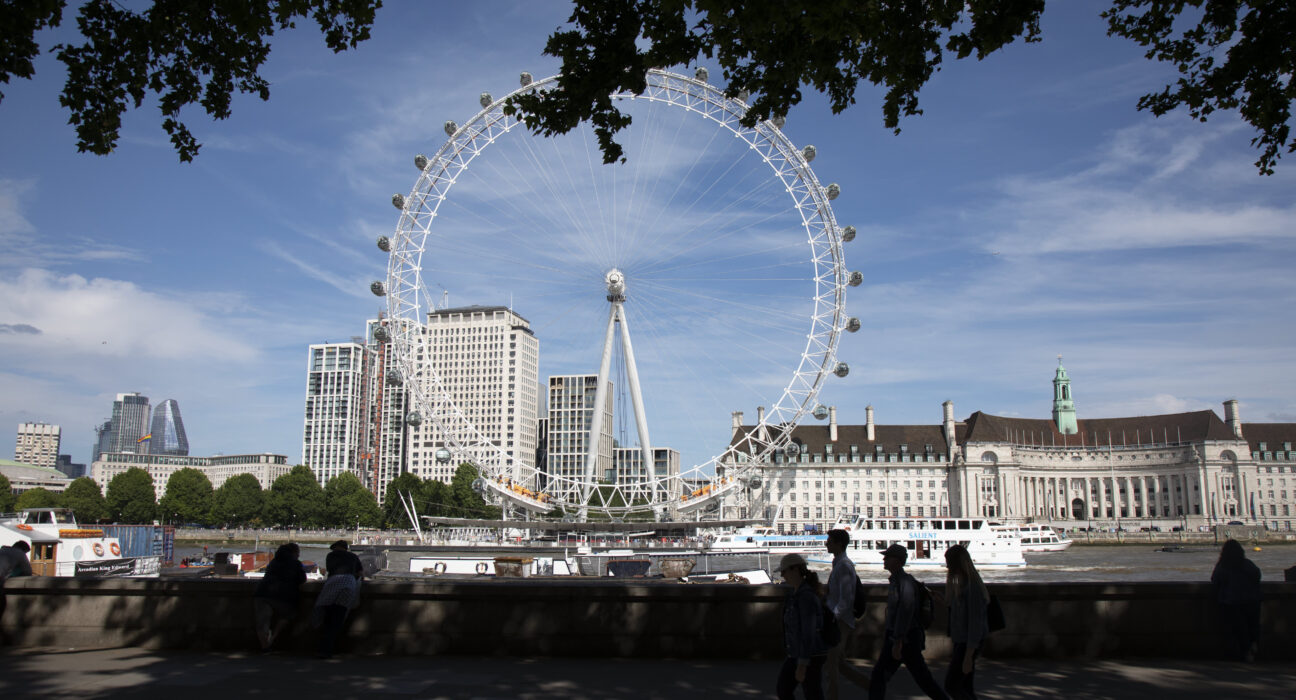- In London, there are two main theater models.
- There are not-for-profit venues like the National Theatre, Shakespeare’s Globe, and The Old Vic, and commercial theater like in the famous West End.
- Budgets for shows in the West End can reach millions while on Broadway in New York, the stakes are even higher.
LONDON — With big productions always needing big money, one theater expert explains how investment in the sector works and how London’s West End is used as a testing ground for its New York counterpart.
Live events took a massive hit during the Covid-19 pandemic but now audiences are rushing back to sporting events, concerts, and live theater. The latest figures, from the Society of London Theatre, show that more than 16 million people attended a theater performance in London last year — which was up 7.21% from roughly 15 million in 2019.
As investing in traditional asset classes has proven challenging in recent months as the market comes to grips with higher interest rates and mounting geopolitical risks, now could be a compelling time to invest in alternative assets such as theater.
In London, there are two main theater models: Not-for-profit venues like the National Theatre, Shakespeare’s Globe, and The Old Vic, and commercial theater like in the famous West End.
Eleanor Lloyd, theater investor and producer, explains that commercial theaters operate on a model which is all about private investment.
“So each show raises money for that show from a group, [a] pool of private investors, who are doing so partly for the fun and the art of it, but partly because they hope that the show will make a profit.”
When thinking about investing in theater, it’s important to understand how the economics of a particular show work.
Even if a show is successful from a ticketing point of view, it won’t be financially successful if it’s too expensive to run, if it’s too small or if the run is too short.
So investors must think about whether a show can make money.
The bar for financial success is much lower in London than on Broadway in New York.
In London, investors can contribute as little as a couple of thousand pounds to buy into a play. But as productions get bigger, they become more expensive to finance and to produce. Budgets for shows in the West End can reach millions while on Broadway in New York, the stakes are even higher.
Often producers will run productions in London first and if they are received well, transfer them to New York.
Lloyd said, “London feels relatively safer. New York feels like if it fails, it’s probably going to fail big. But if it succeeds, it’s going to succeed big so it’s just a slightly kind of higher risk game.”
She adds that a general rule of thumb for investing in the theater scene in the Big Apple is to change a pound to a dollar sign and add a zero at the end.
“So if it costs £500,000, it is going to cost $5 million. That’s the general rule of thumb. So the model is much tighter on Broadway, but because the phases are bigger and the ticket prices are higher, if it works on Broadway, the potential for profit is also much higher.”
Determining whether a production will be successful or not is very tricky.
Having a big name actor or writer on board is often a reliable way to drum up interest before a show opens. Then once a show opens, reviews and word of mouth become critical to a production gaining popularity.
“What is it about the show that on a Tuesday evening, somebody is going to want to spend 30, 40, 50, 60 pounds, at least, to buy a couple of tickets and go and see the show. Something about it has to make them decide to do that,” stated Lloyd.
But investing in the arts is not for the faint-hearted. “You can have shows that are artistically amazing, that nobody wants to see and you can have shows that you aren’t sure that are great, but everybody wants to see. So it’s a real kind of game of trying to work out what might work,” Lloyd said.
She added: “Anybody who thinks they can predict what’s going to happen is wrong. But that’s part of the joy that keeps you going because the next one might be the big hit.”

